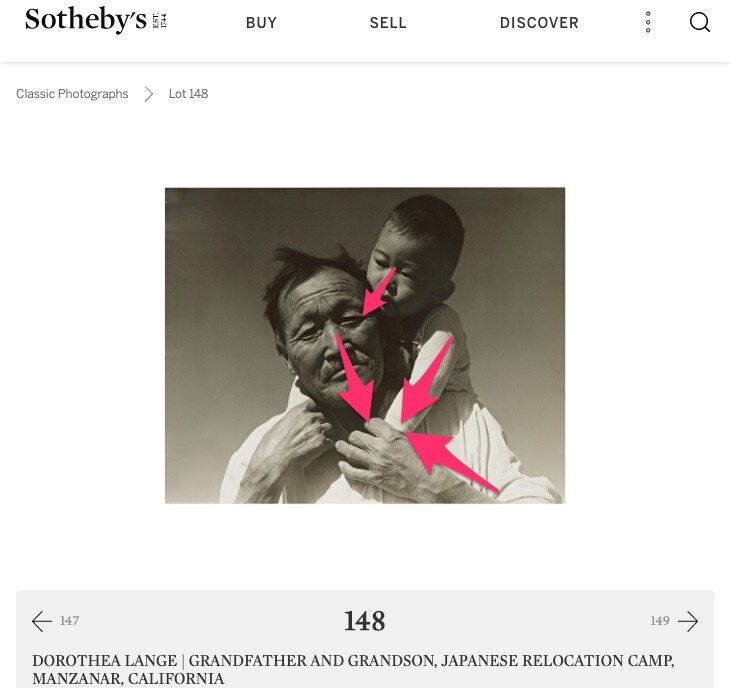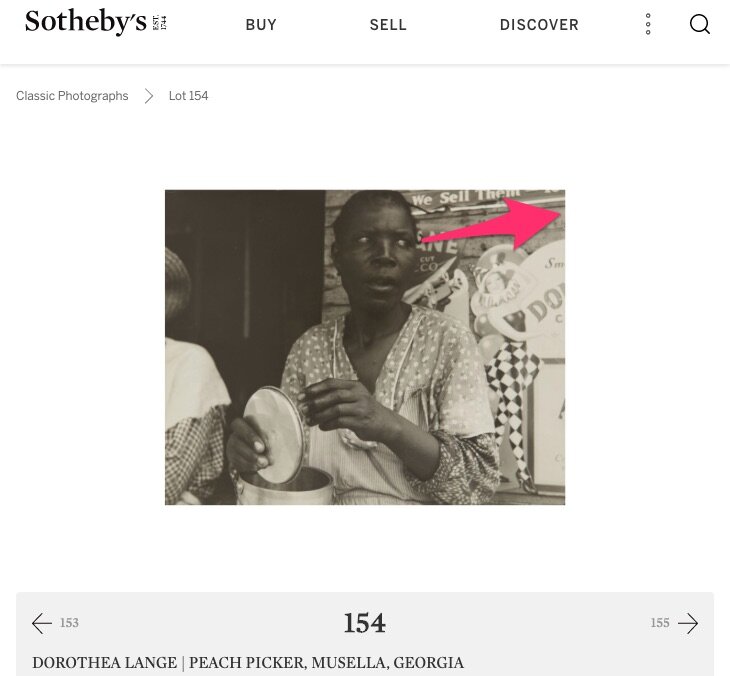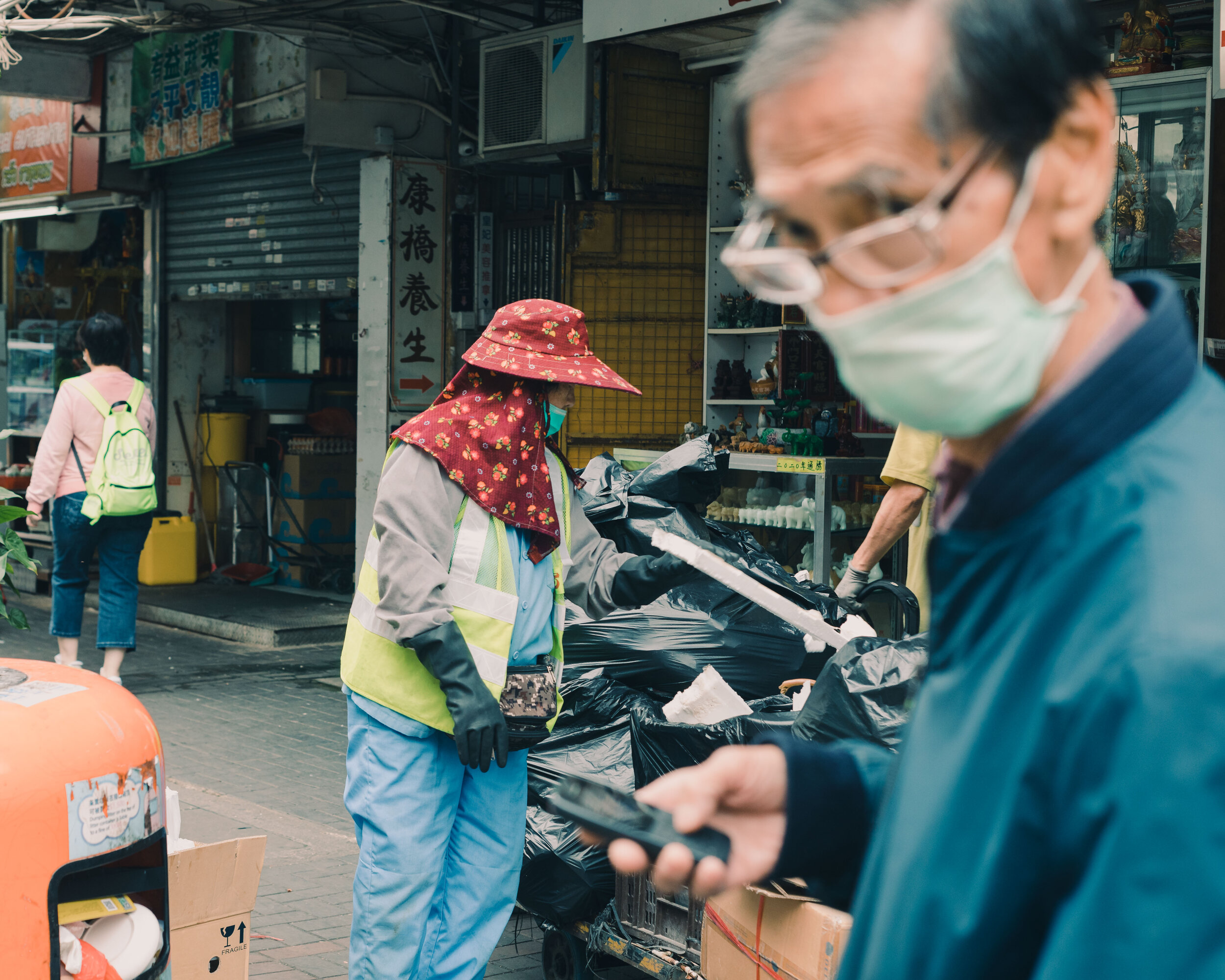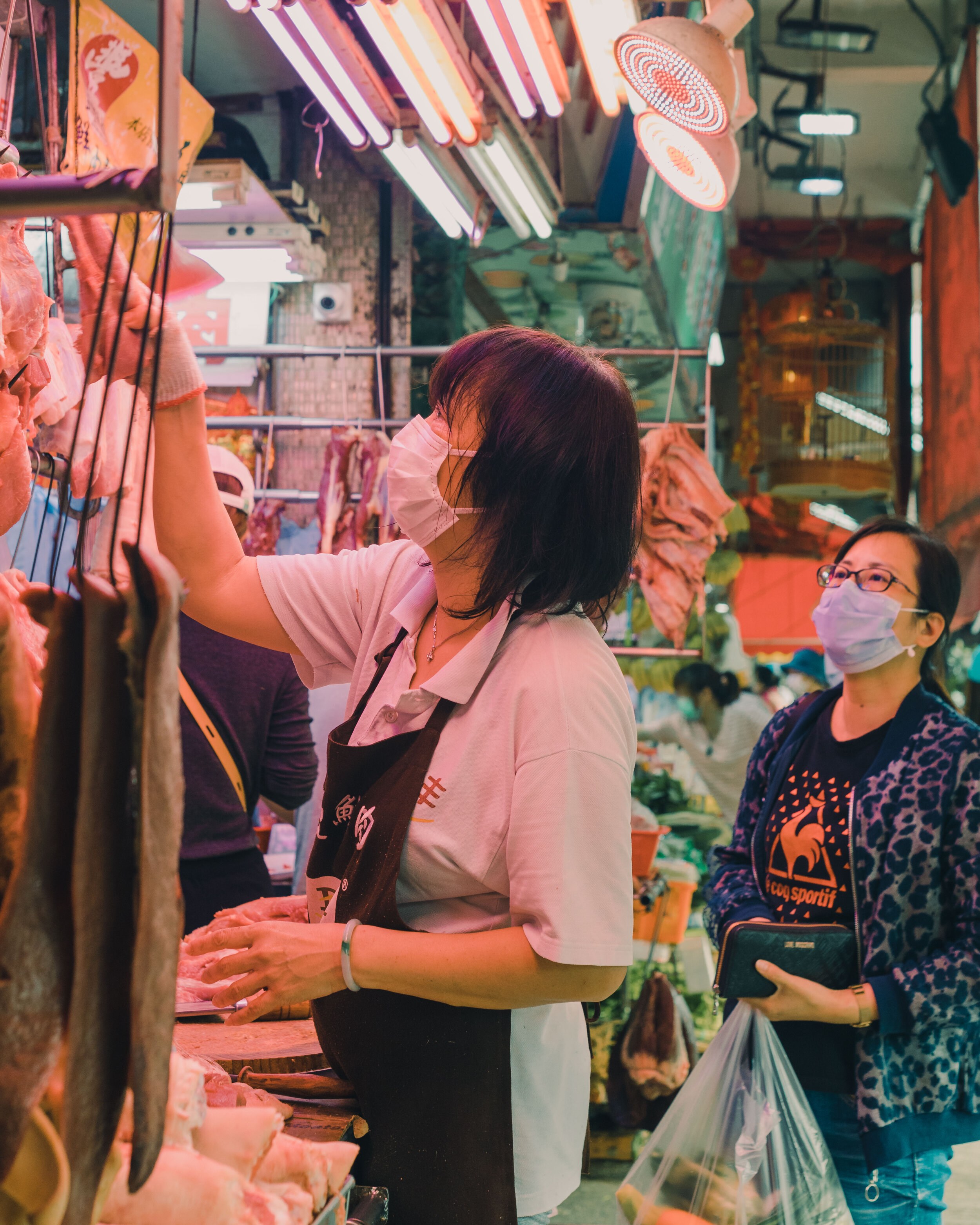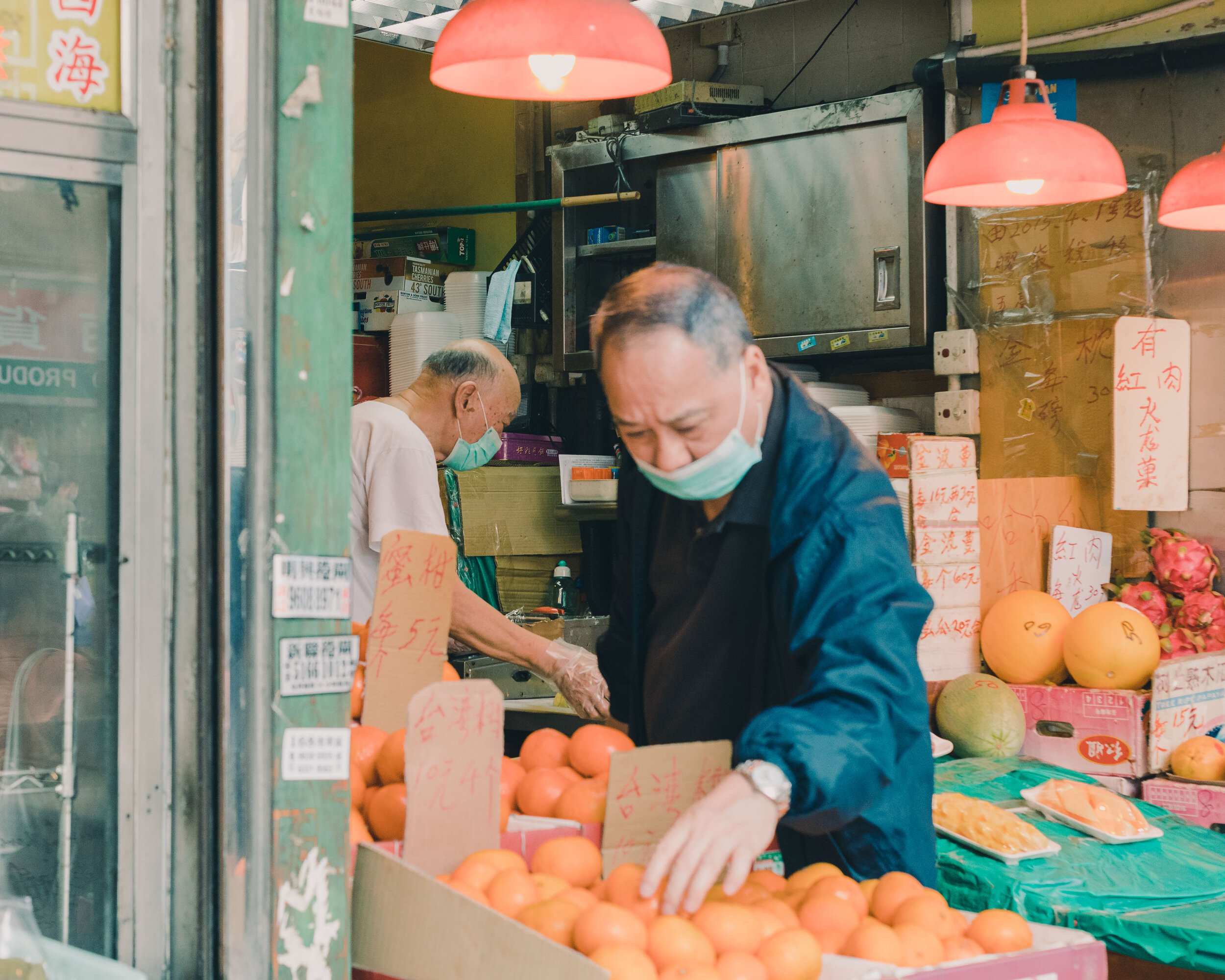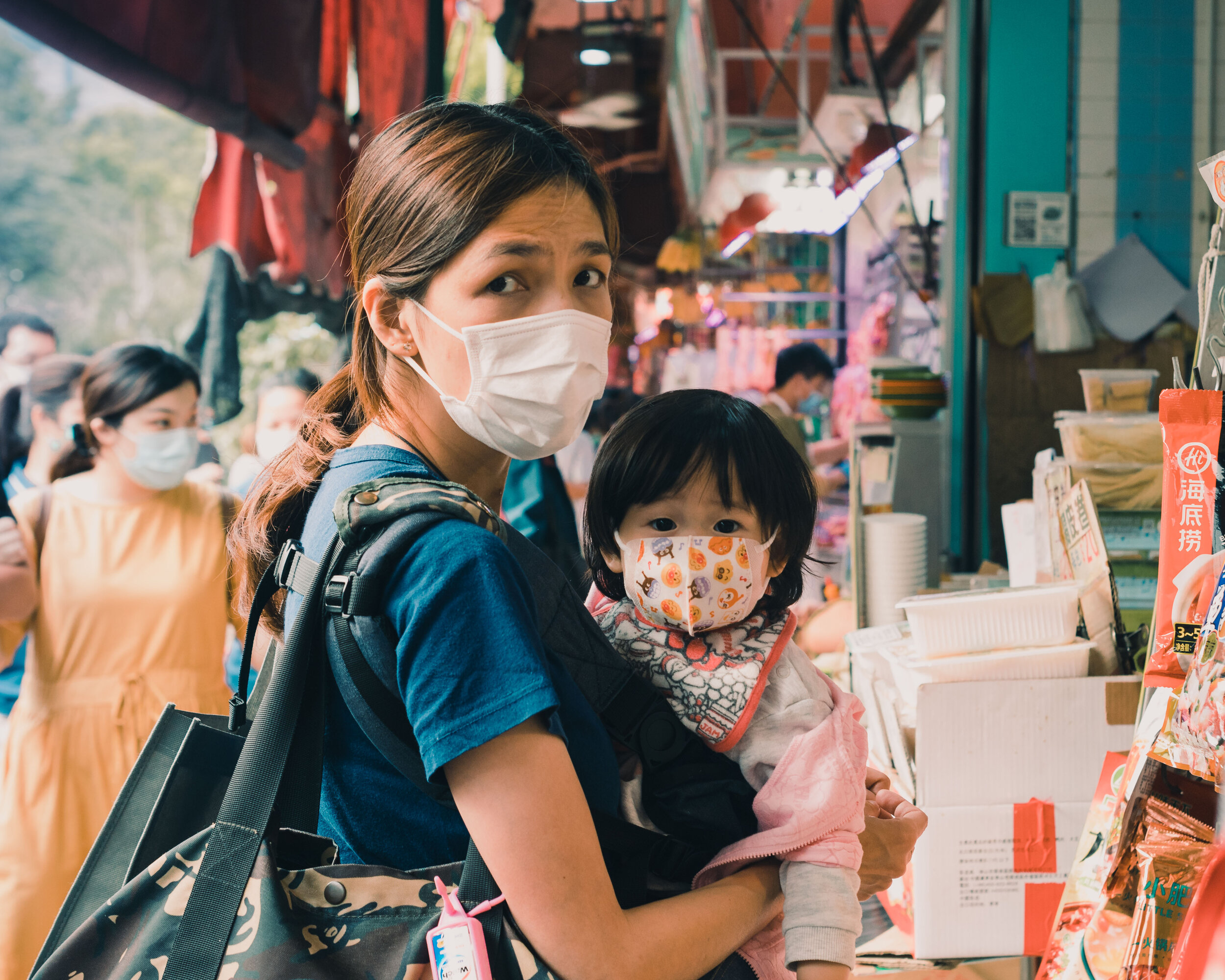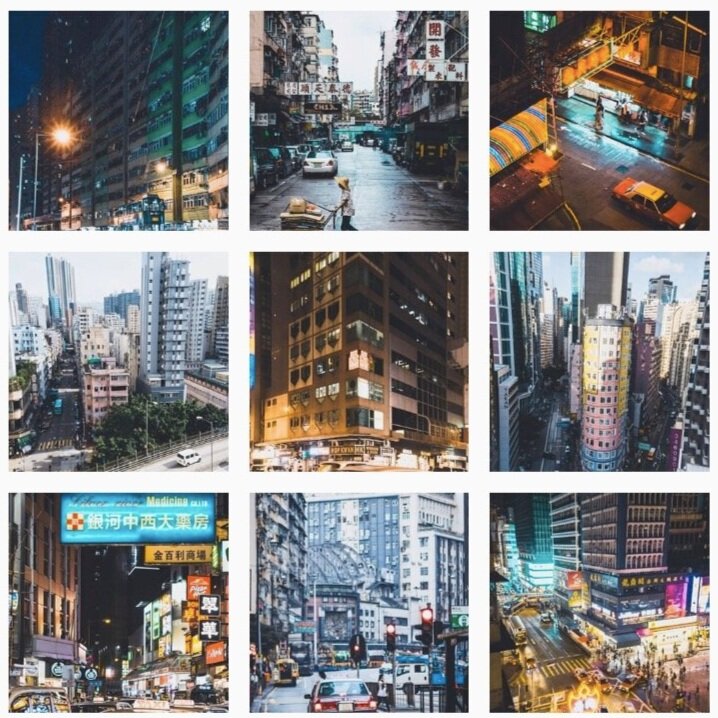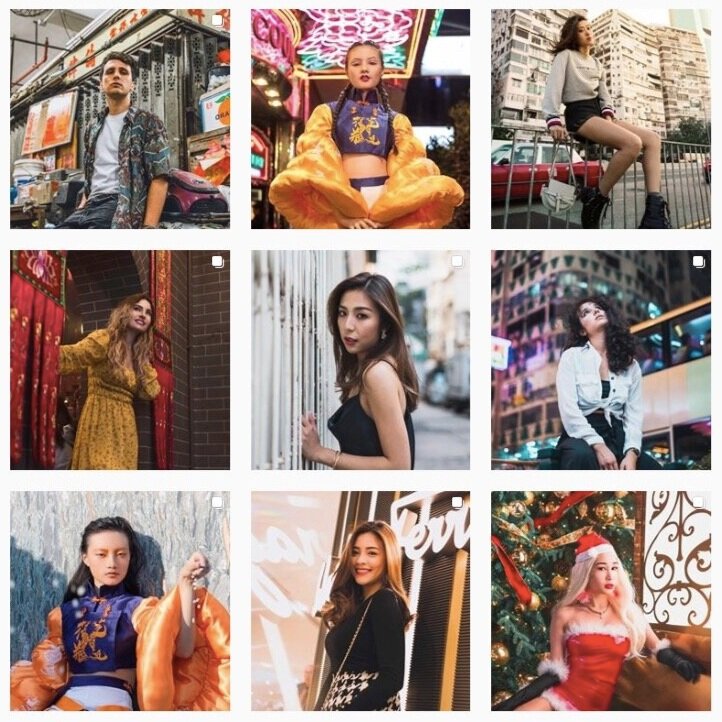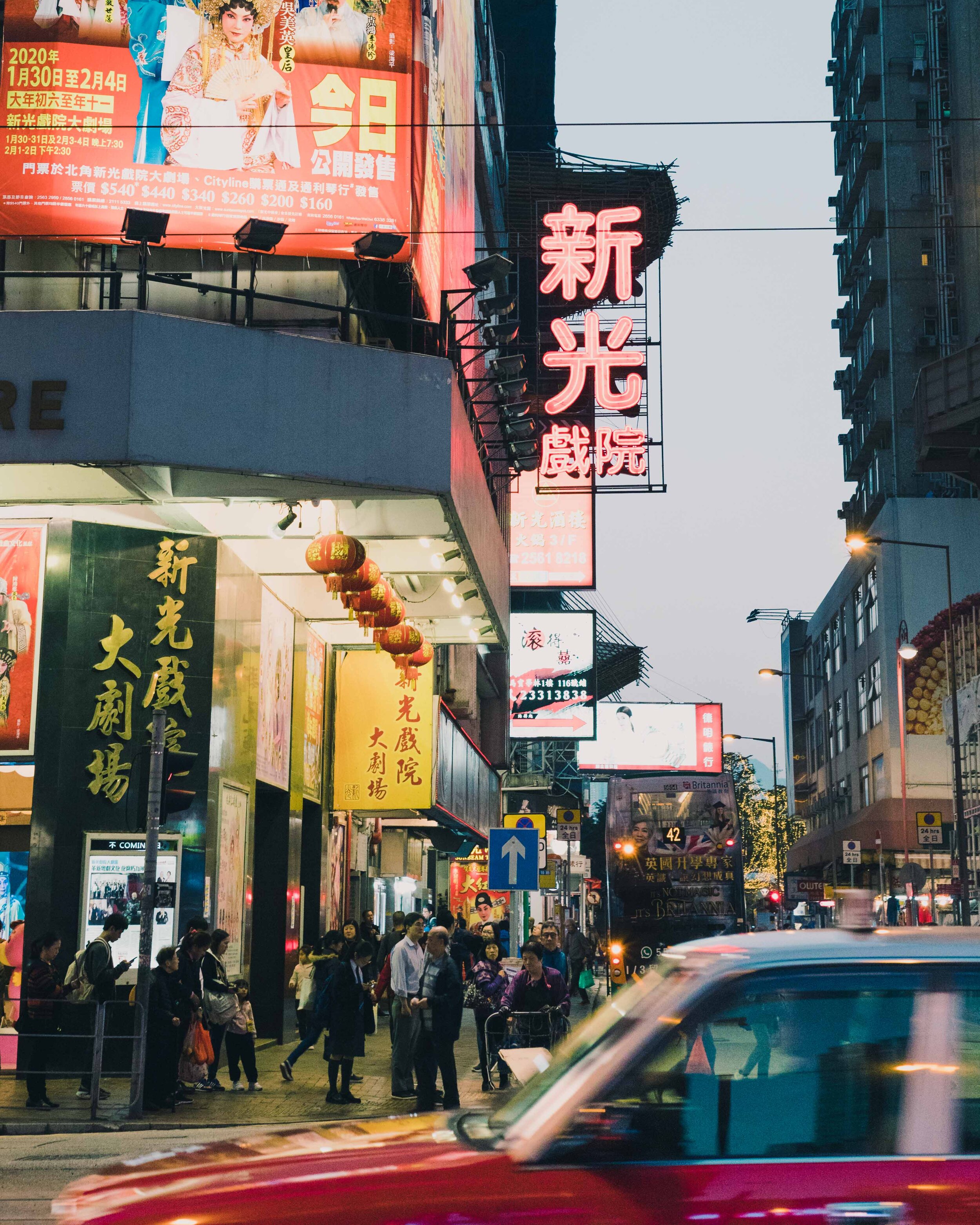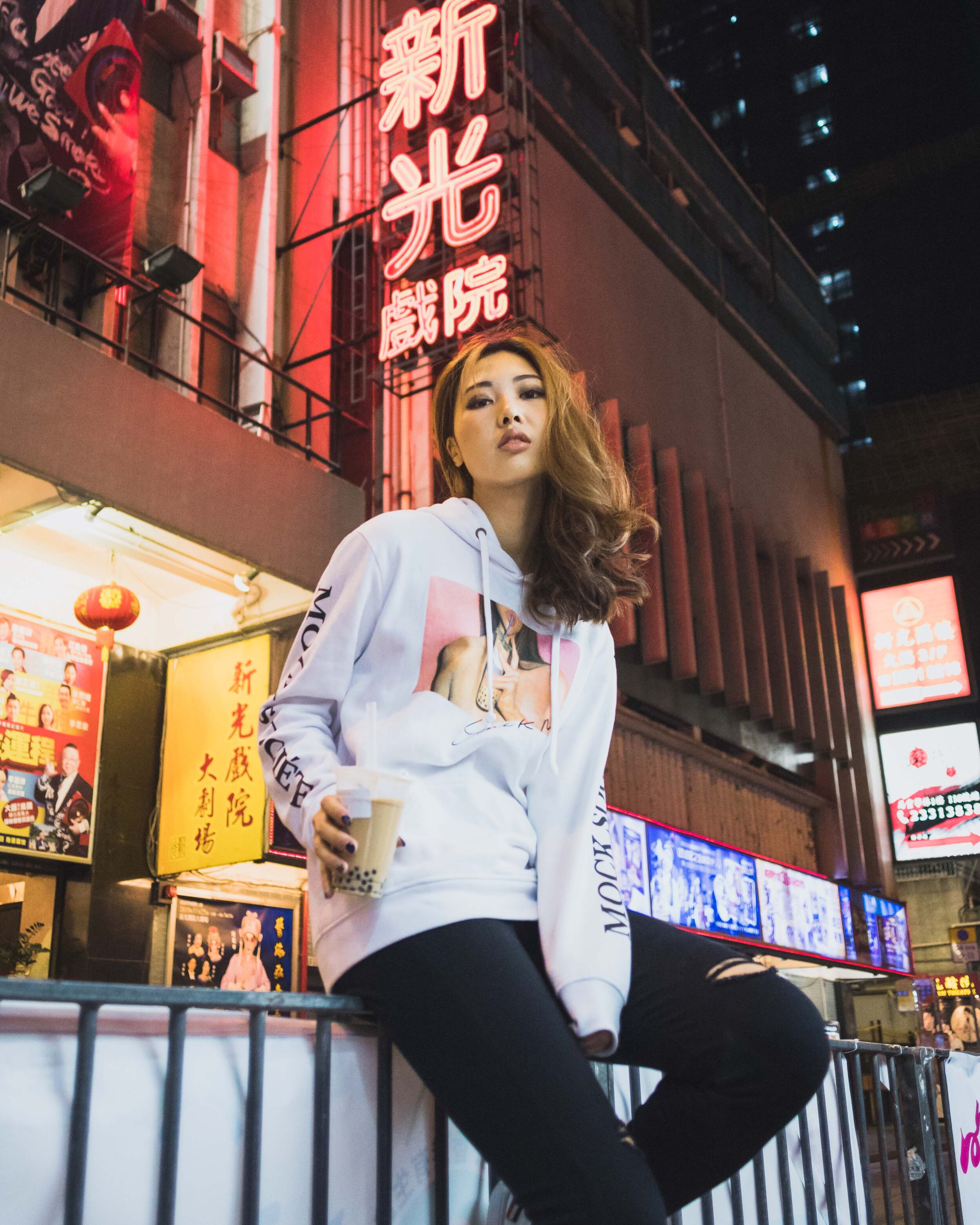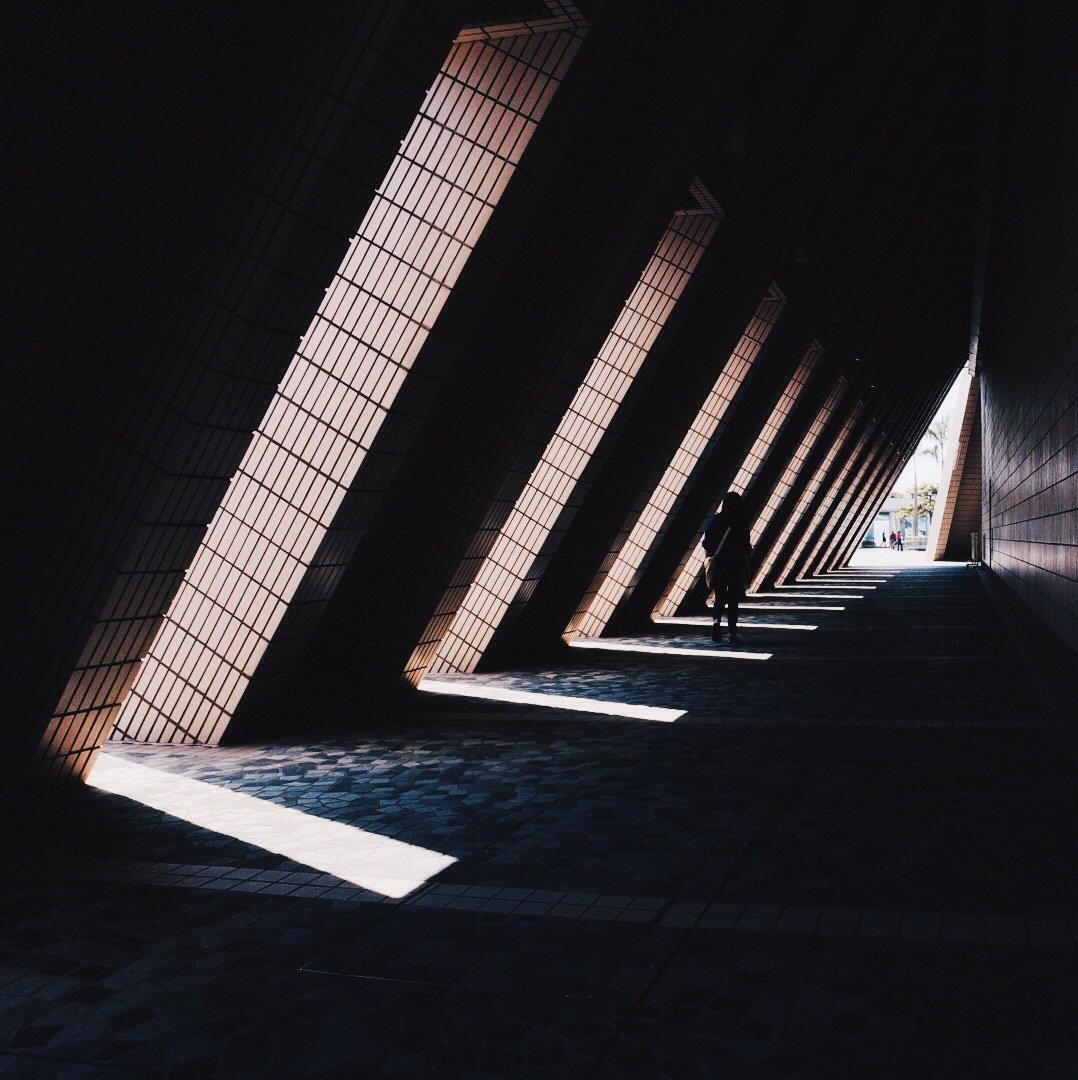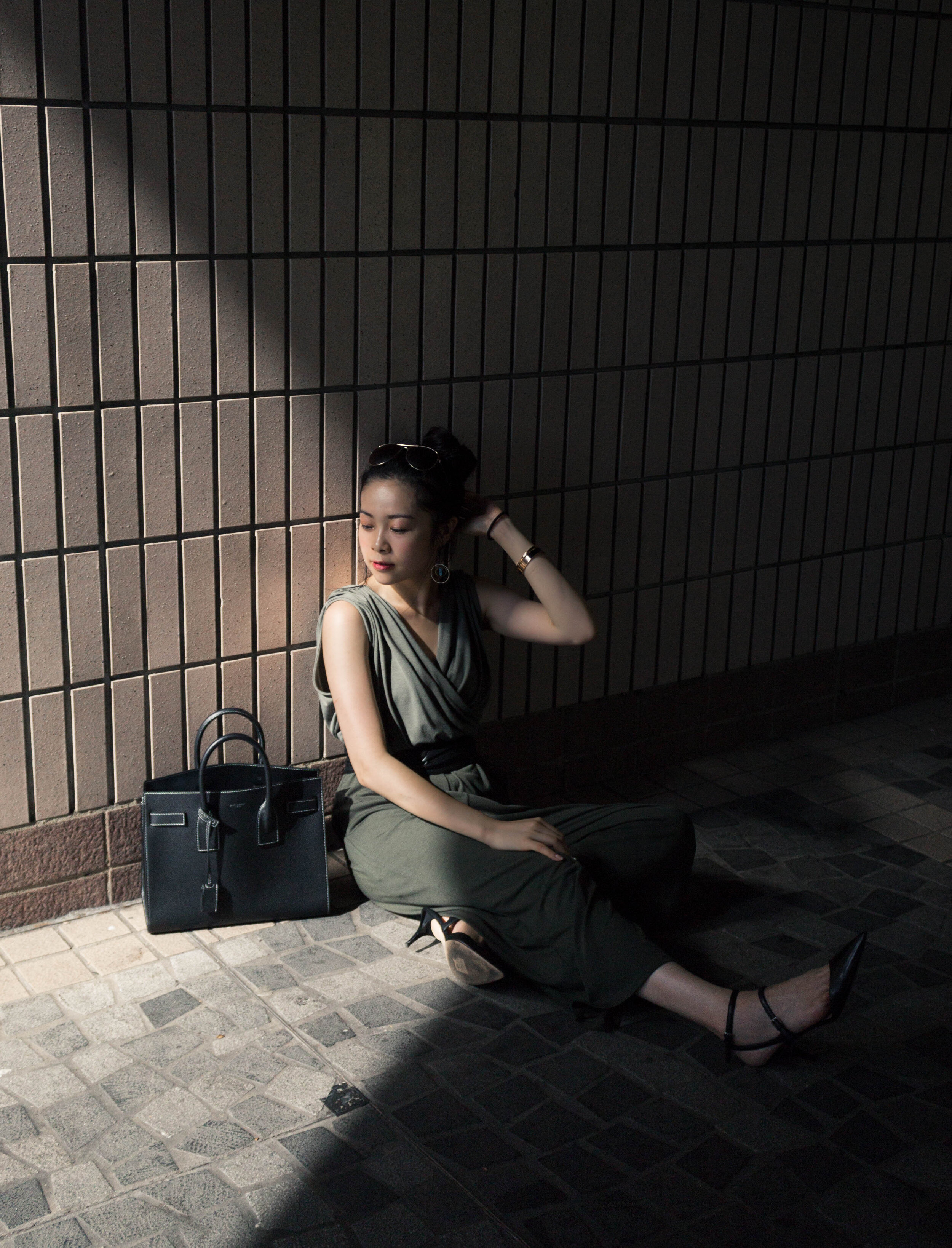The world today is so full of photos that it seems impossible to make photographs that are actually unique.
We mostly regard a photo as unique where the concept behind was the first of its kind. Given the growing community of amazing creatives, the bar only gets set higher and higher.
The catch is, no one ever said uniqueness is easily achieved in photography, and in art in general.
And trying to achieve something difficult unguided by concrete examples is the recipe to confusion.
Using concrete examples, I will share with you things that you can do to achieve a unique look in your photos:
Fight the temptation to copy
Borrow concepts, not contexts
Combine interesting concepts
Change one thing about a trend
Stick to your editing style
If you find this helpful, SUBSCRIBE to my channel via the box on the left to make the most out of my blog! Also, do share it with people who might be interested. Shoot me an email/ DM to share your thoughts too!
Also, Pin this article to your Beginner Photography/ Photography Inspiration boards in Pinterest if you find it helpful!
Fight the Temptation to Copy
What is this temptation?
It usually comes in form of a small voice in your head.
When you set yourself a task to make a photo unique, depending on your energy level, it sometimes (always, actually) is left unfinished.
Before you actually thought of a unique concept, your brain tells you to drop the task and ‘just go shoot’. Or ‘get back to it later when inspiration hits’. Or ‘maybe you can get away with shooting what every photographer did’.
Why does this happen?
Thinking of ways to create unique photos is mentally exhausting. It takes a deliberate effort to make something out of nothing, and especially when inspiration dries up, this process takes ages.
As much as we desire for our photos to look unique, there is a part of us that secretly just wants the easy way out.
That is totally normal - we all incline towards the path with the least resistance, even if that means producing mediocre work.
But this is exactly why only the super determined and talented can create truly unique photos.
How to combat this?
Now that you acknowledge the human tendency to copy rather than innovate, because it takes less effort, you have taken the first step to combat your creative laziness.
The next time a small thought pops up that tells you ‘maybe you can wait for the next time to create a unique photo’, recognise it for what it is, and deliberately shut it down.
Creativity is achieved through mental training - it is purging the bad habits that obstruct creative thinking.
Borrow Concepts, not Context
Why is this an issue?
Photographers and creatives in general draw inspiration from each other. This in itself is an excellent habit.
The problem is what you take away from this other piece of work.
There are many things that can amaze you in a photo. It can be the location, the colours, the perspective etc.
Let’s take Hong Kong as an example.
A while ago I really fancied the urban, dark, city look. I took inspiration heavily from other urban street photographers in Hong Kong, and made it my primary goal to discover and shoot at the same exact locations.
Hunting for these places was fun. But these shots I got were virtually indistinguishable from the another photographer’s shots made at these locations. What I took away as inspiration were the locations itself.
If you take the entire context and plug it into your own work, it is no surprise that your work doesn’t look unique.
On the side note though, photography doesn’t HAVE to be unique. If riding on trends makes you happy, by all means do so and there is no need to feel guilty for creating art that has already been made.
If you are interested in knowing where exactly these few spots are in Hong Kong, check out my earlier article “15 Best Places for Street Photography in Hong Kong“. I have described, in the greatest detail imaginable, how to get there and where exactly I took these photos from.
How to borrow concepts?
In order to be clever in borrowing concepts, you need to up your analysis game.
In taking inspiration, dig deeper as to what exactly is the key to the photo’s success. It helps you retain more originality in your photos when you distill your takeaways into techniques before incorporating elements into your work.
For instance, using the above series of photos, my inspiration could be ‘how lens distortion creates an interesting effect’, or ‘how to crush the blacks in my editing’, or ‘how to use vehicles in my composition’ etc, rather than the location itself.
These techniques are transferrable to other contexts, while the location is just the location - nothing can be done about it.
Here is an example of how I drew inspiration through the incorporation of techniques from the classic works in this gallery. (Source: Sotheby’s)
A while ago I wrote a blog post “How to Compose Interesting Instagram Portraits - Implied Lines”, in which I talked about how you can make your photos more intriguing using the technique of implied lines.
From the research I did for that article, the idea of implied visual lines stuck with me. It became my takeaway and I have been incorporating this concept in my street photography lately.
Here are my results.
The point here is that you should reduce your takeaway into something as general as possible, so that it can be repeated in shooting other contexts.
This is how you borrow smart and will enable to you create unique photos.
Combine (Unrelated) Concepts
Why does this make photos unique?
When we are trying to come up with a concept for a photoshoot, we intuitively draw a box in our heads and limit ourselves to think about ONE theme.
Beginners often come to me and say they can’t think of what style to go for in their upcoming assignments. Usually they would be like, I’ve done A, and B also. I need to come up with C but I have no idea.
Why not do A crossover B?
Not only does this combination effect broaden your possibilities massively, but it is also more likely something no one has thought of before.
Especially when you combine two seemingly unrelated concepts.
Now this might sound slightly abstract. So let’s see an example below.
How to create via combining concepts?
To make this as concrete as possible for you, I will show you my exact process.
I used to be shooting street and architecture photography mostly around Hong Kong. The process of discovering unassuming, secret locations was really exciting to me - my Instagram feed at that time is recorded in the left grid.
But at some point, it started to get repetitive for me. Plus, so many other photographers were doing the same thing that the room for me to innovate became really squeezed.
I switched to portraiture. At the time, everyone was doing their portraits in a few well-known locations across Hong Kong, so I followed suit and ticked them off my list one by one until I ran out of places - my new feed recorded on the right grid.
And suddenly it occurred to me that I can just forget about the typical portrait spots and bring my models to the hidden, unheard-of spots in Hong Kong to do portraits.
So in this above carousel, I took out some examples, lined side-by-side, how my street shoot ideas turned out to be perfect portrait locations too in Hong Kong.
Now I challenge you to mix two of your previous concepts, and turn them into the 2.5th concept for your upcoming photoshoot.
I guarantee you this is going to give you much more unique results that sitting there forever, trying to add more ideas to your dried up list.
Hop on a Trend and Change One Thing
Don’t trends run counter to uniqueness?
Yes and no, depending on what you do with it.
Yes, because trends, by definition, are formed when a lot of people create the same type of photo.
But no, because you clearly acknowledge what that trend is and actively refrain from making photos that fall into that trend.
One great thing about a trend is that, there are usually good reasons why they came to be in the first place. There must be something aesthetically pleasing about this practice that made the trend go viral.
Therefore, what you can do is to take the trend, and twist one thing in it. This way, you get the benefit of having an extra idea, while retaining your uniqueness in your photo.
How to make unique changes to a trend?
There are countless ways to do this and I can’t really think for you.
But you came to get inspired. So see the set of photos below of some examples of how I tweaked my photos.
From left to right/ top to bottom, here is how I rode on a trend to create uniqueness:
Special effects: everyone else emphasised on getting clearly in-focus vehicles. I experimented with creating motion blur on the vehicles. (First photo)
Composition: everyone else was obsessed with shooting people on streets. I played around with new compositions available at the location such as reflections. (Second photo)
Colour: everyone else wanted to include a red vehicle in their shots to create some colour contrast, usually a taxi. I decided that a yellow minibus would work too. (Third photo)
There are endless ways you can make your photo unique. Think about the rationale behind the trend - there is a reason to most things.
Take that trend, understand the gist of it, and change its application. This is a rather convenient way to ensure that your photos turn out unique.
Editing
Why does this make photos unique?
Editing is a very powerful way to inject personality into a photo.
Two people given the same photo will yield totally different results after editing.
It is obvious that everyone would naturally approach editing in a different way, thus making the photo unique.
What is less obvious is that, you can easily reverse-engineer a shot taken by another photographer by getting the same gear he used, and intentionally finding the right perspective he shot at.
But it is way harder to try to reverse-engineer a set of edits. You might have this feeling too, seeing many ‘How to edit like X’ videos out there, where replica just never quite gets it right.
Therefore, your own, unique, style of editing is your strongest weapon.
How to develop a unique photo-editing style?
This is a billion-dollar question because once you have it, you are set on track for greatness.
You probably have this question, just like how I had, about what does a ‘style’ even mean.
If you don’t know what ‘styles’ are, you can’t know if you already achieved a ‘style’, let alone making your ‘style’ more defined and unique.
One piece of content that gave me a brief idea of what a ‘style’ can mean, was this video from Sean Tucker. Out of all the videos that I watched about photo editing, this was by far the best one that gave me some direction as to what makes up a ‘style’.
Another thing that worked for me, which was an extension of what Sean said in his video, was limiting my colour palette.
Taking down the colours that are not your characteristic colours, and promoting the ones that are, will do you a great service towards setting up your editing style.
In this earlier blog article “Effectively Improve Photoshop Skills for Photography Retouch”, I went into super length and detail about how you can achieve that in Adobe Photoshop, using the colour wheel element.
Paying attention to my colour palette has led me to the study of the four common colour schemes, which I now happily apply to my photo editing. If you want a step-by-step guide about developing your own colour palette, the above is the perfect article for you.
Bonus: Photography is not Always about New Ideas
Sometimes we hear the ideas of being ‘original’ and ‘innovative’ thrown around quite a lot.
Of course these are very valid goals to work towards.
But I want to make sure that you are not ‘innovating’ just for the sake of doing so.
It is perfectly fine to shoot photos that you know are by no means unique. Many professional photographers do such types of photography as their job.
Ultimately, the only thing that matters is to be honest with yourself - why are you doing photography, and why do you have the urge to create something unique?
Summary
In this article, we talked about making your photos unique by:
Fight the temptation to copy
Borrow concepts, not contexts
Combine interesting concepts
Change one thing about a trend
Stick to your editing style
And we discussed the caveat that after all, photos might not need to be unique all the time.
More sharing coming soon!
SUBSCRIBE via the box on the left for more PRO tips, and follow me on Instagram (@_bjiao__) and let me know what you think in the comments!
Share this article on Pinterest too!
Keep shooting, keep creating!
The mission of this blog is to provide the best insider information in the photography industry, as openly as possible. You have direct access to my
first-person experience as an aspiring photographer who talks, but also works.
Honest opinion are rarely available as public resources because this is a competitive industry. Huge sums are made when such information is delivered in the form of mentorship and workshops.
This blog is a great way in which I cover my daily expenses, but also provide real value.
If you have learnt something that would be worth at least $10, please consider donating to the page. This enables me to keep creating content and helping more people sustainably.
Your continued support for the blog is appreciated!




